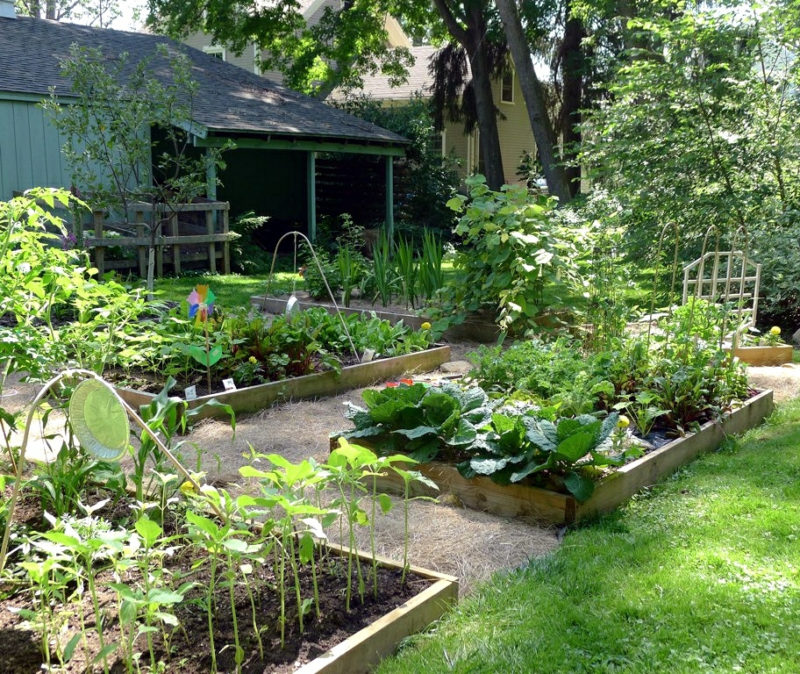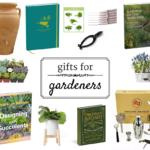Don’t put your garden dreams in the compost heap.
So you got the gardening bug last year but then you struggled to make your garden successful. Whether you were cursed with inhospitable soil or couldn’t easily manage an ambitious backyard plot, growing aboveground could renew your commitment to gardening just in time for spring.
Building raised garden beds or planting in straw bales offers flexibility and manageability that traditional or container gardens might lack. How do you decide which way to grow? Here are some perks of each method to help you pick.

Raise Your Roots with Raised Beds
- Growing in raised beds makes it easy to keep your garden the right size for success. The materials, planning, and building that beds require mean you’re less likely to bite off more garden than you can chew.
- Raised beds offer great flexibility as your gardening needs grow. Want to expand your garden’s footprint? Build as many beds as your property can handle, and take advantage of the sunniest spots and options for building materials.
- Soil in raised beds tends to be drier and warmer than soil in ground-level beds, which is perfect for early planting. Need extra warmth? Use stones for your bed walls — they’ll absorb the sun’s heat during the day and release it into the soil at night.
- Because you can plant, tend, and harvest from raised beds without ever stepping on the soil, you protect soil quality over time, keeping it well aerated for healthy plant roots and microorganisms.
- With raised beds, design possibilities are endless. Build circular or double-decker beds for structural variety. Add flowers for color and to lure pollinators to your plot, or decorative touches like a birdbath or trellis.
All Hail the Straw Bale
- Straw bales provide a clean gardening slate. They not only free you from having to dig up soil or fill containers, but they’re also a great option for gardeners who have had serious struggles with soilborne diseases in the past.
- Straw bales provide excellent drainage, which makes overwatering unlikely.
- The portability of bales allows you to locate your garden to wherever your plants will get the best sun exposure.
- The height of straw bales can provide a welcome break from back strain when tending and harvesting and may also reduce access of some ground-prowling critters to your plants.
- At the end of the growing season, those bales make top-notch material to work into traditional garden beds to loosen the structure.





No Comments